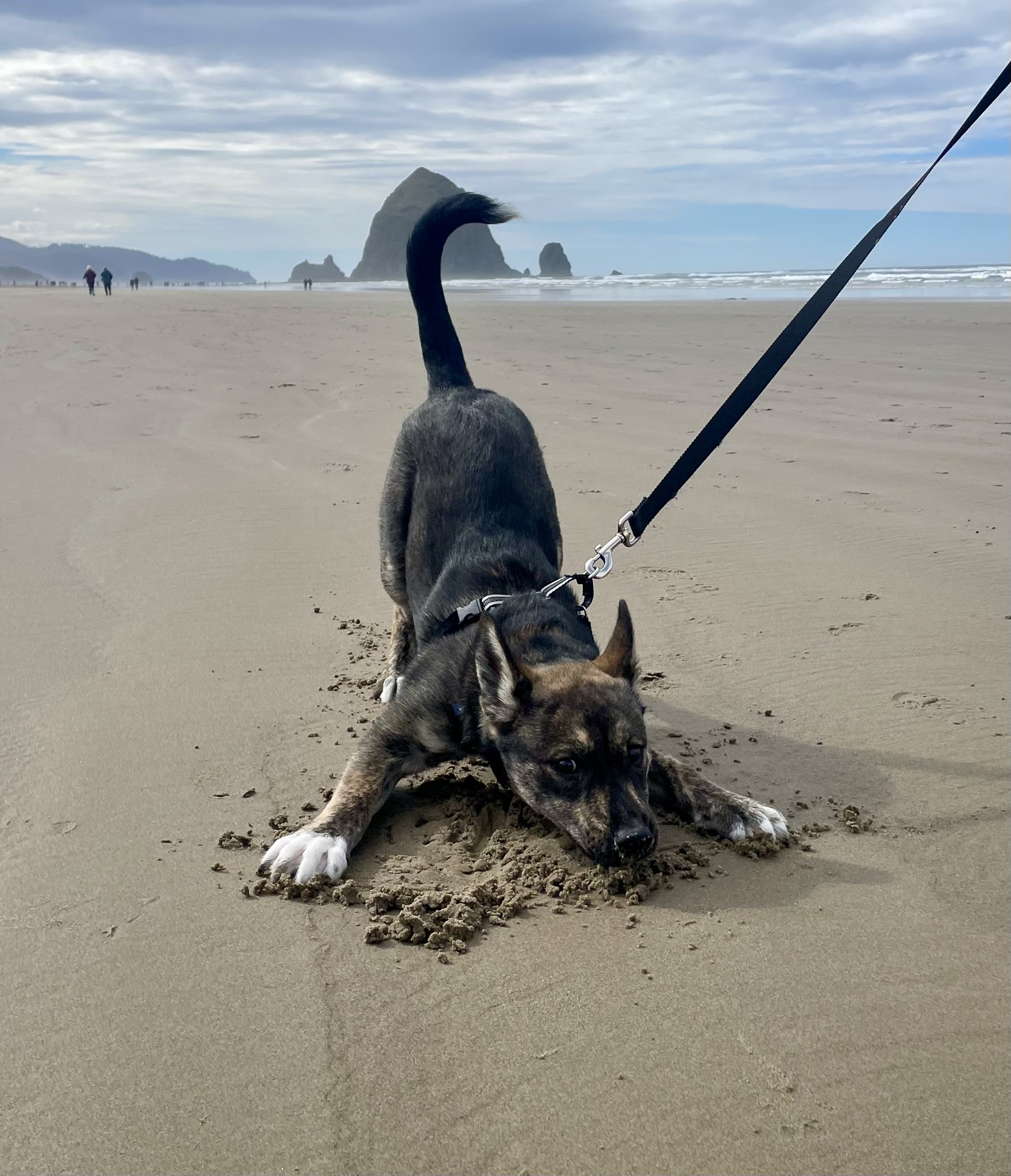✨4 Off Leash/Recall Training Tips ✨
Do you wish your dog could walk off leash like other dogs?
Check out this article for 4 tips on how to make this happen from our Certified Dog Trainers.
4 Off Leash & Recall Training Tips
1. You HAVE to teach your dog what a recall cue means (come, here etc)
In an environment where they can learn the meaning (at home with little distraction) and practice clean loops 1st. We teach a dog’s name (which means look @ me) then follow up with our cue (come, here) as well as an extended palm. Mark yes and treat when my pup touches his nose to my hand. We use fenced parks and Sniff Spots to generalize the behavior and work around more distraction, always working at our dog’s pace plus…
2. We use appropriate reinforcement systems & levels with our dogs!
Every dog is different yes.. but recall and engagement are very important behaviors. I like to think of my dogs reinforcement as their paycheck. Recall away from/in interesting environments is high stakes work, and I gladly pay time and a half+. I want my dog to associate their recall cue with their favorite things to keep them responding quickly time and time again as well as offering me unprompted attention (aka I want to catch my dog staring at me all the time when they’re off leash).
3. Making yourself reinforcing to interact with when your dog is off leash is a game changer.
If your dog is looking at only the environment for the source of interesting stimulation, they’re going to be less likely to interact with you and less motivated to respond to their cues. Practice frequent easy recalls, easy tricks, catching treats, directional changes, letting your dog chase you, and overall give your dog experiences that keep them coming back for more. My dog’s favorite thing is to jump up to my hand and to catch treats, so we do this frequently, and especially as rewards for coming when called!
| Need a good spot to practice? Check out @sniffspots - they have some great safe, private dog parks hosted by locals. We think they’re the BEST!
4. Practice leashing up!
If the only time you leash your dog is when it’s time to go, you risk making the leash-up experience unpleasant for your pup. Instead, call your dog to you, reward, put on their leash, and reward. Walk with them for a little bit. Unleash your dog as a reward for an easy-to-perform behavior like a nose-to-hand touch.
So make sure you set your dog up for success and get yourself the tools you need.
Long lines are so useful!
Need a good long leash line to help with your training?
We usually recommend this biothane dog leash by Viper.
One benefit about this leash is that it’s coated to emerge from even the swampiest environments (great for hikes in Oregon!).
It also stays dry & smell-free and doesn’t lose flexibility!
Final words: If your training isn’t there yet, don’t push it!
It’s important to take your time with your dog and consistently work with them on this. If you need help with your training or more tips, check out our group training programs.







